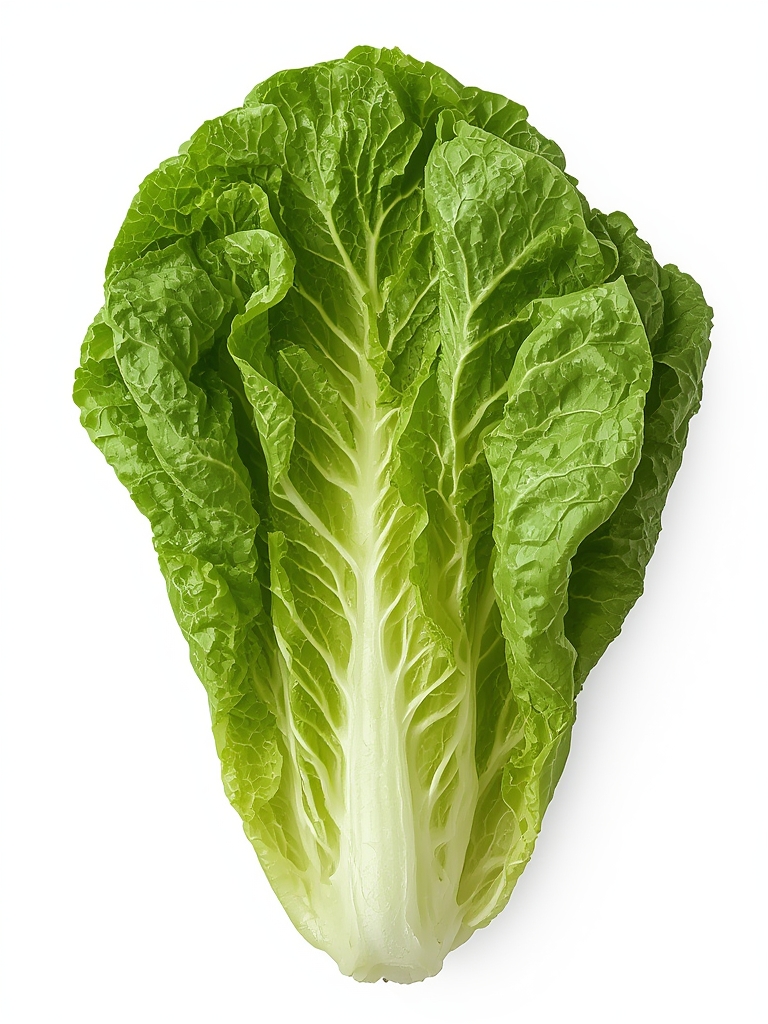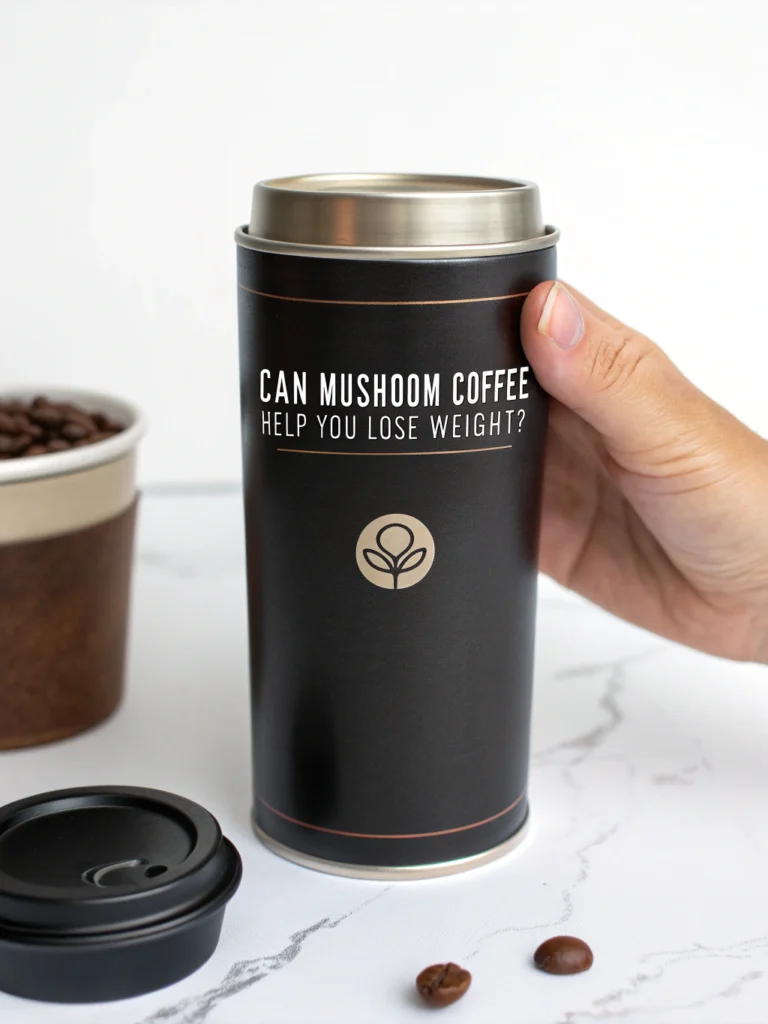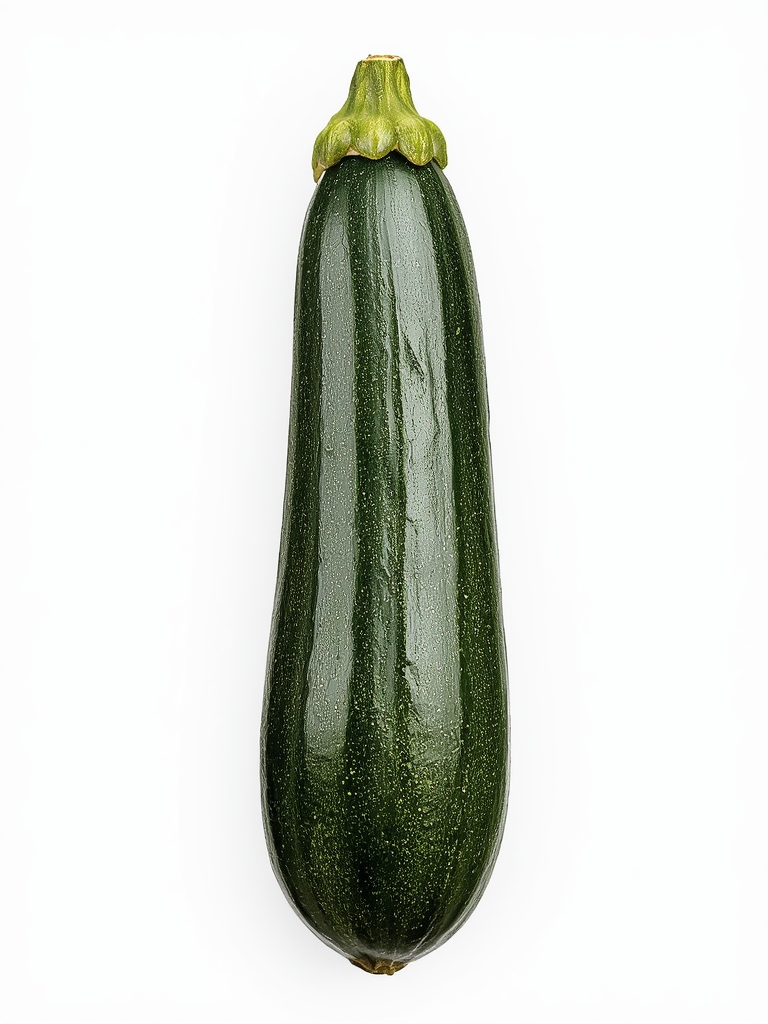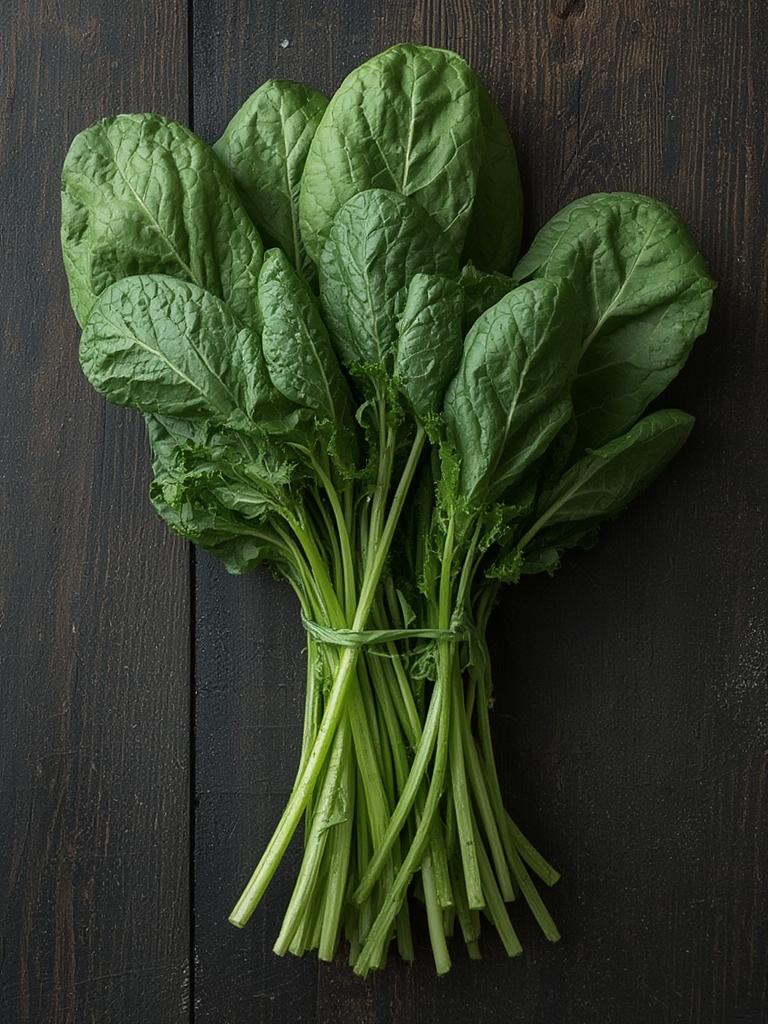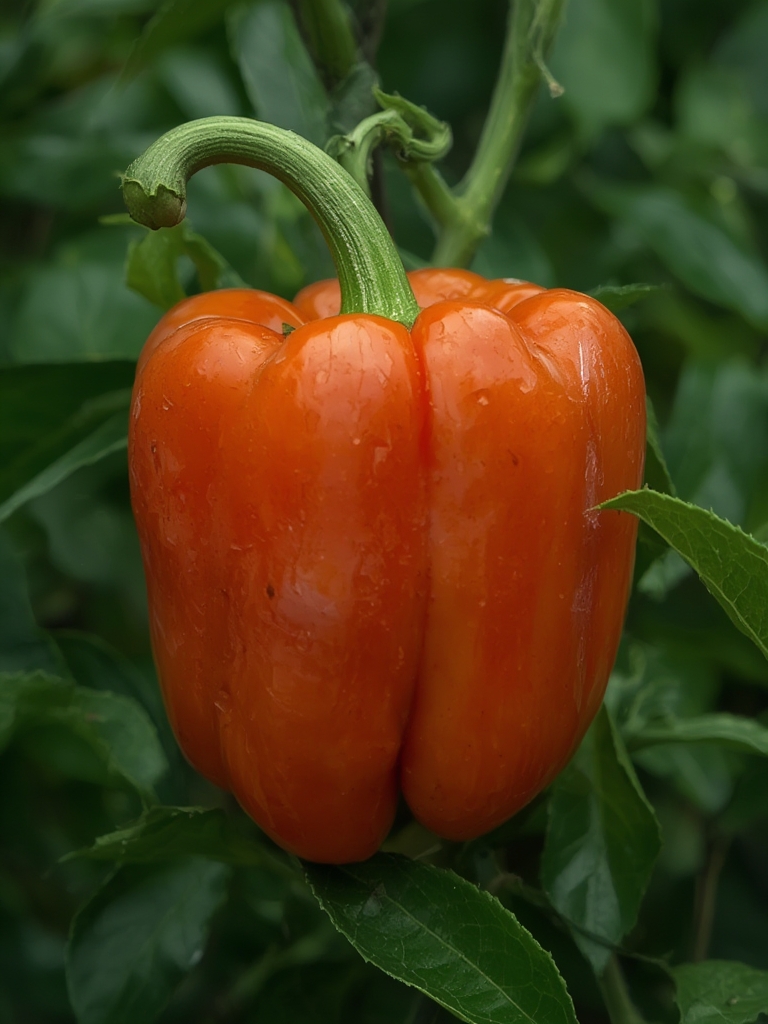Easy Ways to Grow Fresh Lettuce
Have you ever tasted the crisp, delicate flavor of freshly harvested lettuce? There’s something truly special about growing your own greens that store-bought options simply can’t match. Growing Lettuce at home isn’t just economical, it’s also incredibly rewarding and surprisingly simple. Whether you have a spacious garden or just a sunny windowsill, you can enjoy homegrown salads year-round with minimal effort. Let’s explore how you can cultivate this versatile leafy green and elevate your meals with garden-fresh flavor.
Materials & Supplies

To start your lettuce-growing journey, you’ll need:
- Lettuce seeds or seedlings (variety of your choice, including romaine lettuce)
- Potting soil or garden soil enriched with compost
- Containers (at least 6 inches deep) if growing in pots
- Watering can with gentle spray
- Plant food or organic fertilizer (optional)
- Row covers or shade cloth for hot weather (optional)
- Garden trowel
- Plant markers or labels
- Spray bottle for pest control solutions
For serious growers, consider adding a pH testing kit to ensure your soil stays between 6.0-7.0, ideal for lettuce growth.
Timing / Growing Schedule
Lettuce is a cool-season crop that thrives in temperatures between 45-75°F. Preparation takes just 1-2 days, including soil preparation and sowing. Most varieties germinate within 7-10 days and reach maturity in 30-60 days, depending on the type. For context, that’s faster than most vegetables—you’ll be harvesting lettuce while your tomatoes are still developing. Plan successive plantings every 2-3 weeks for continuous harvests throughout the growing season.
Step-by-Step Instructions
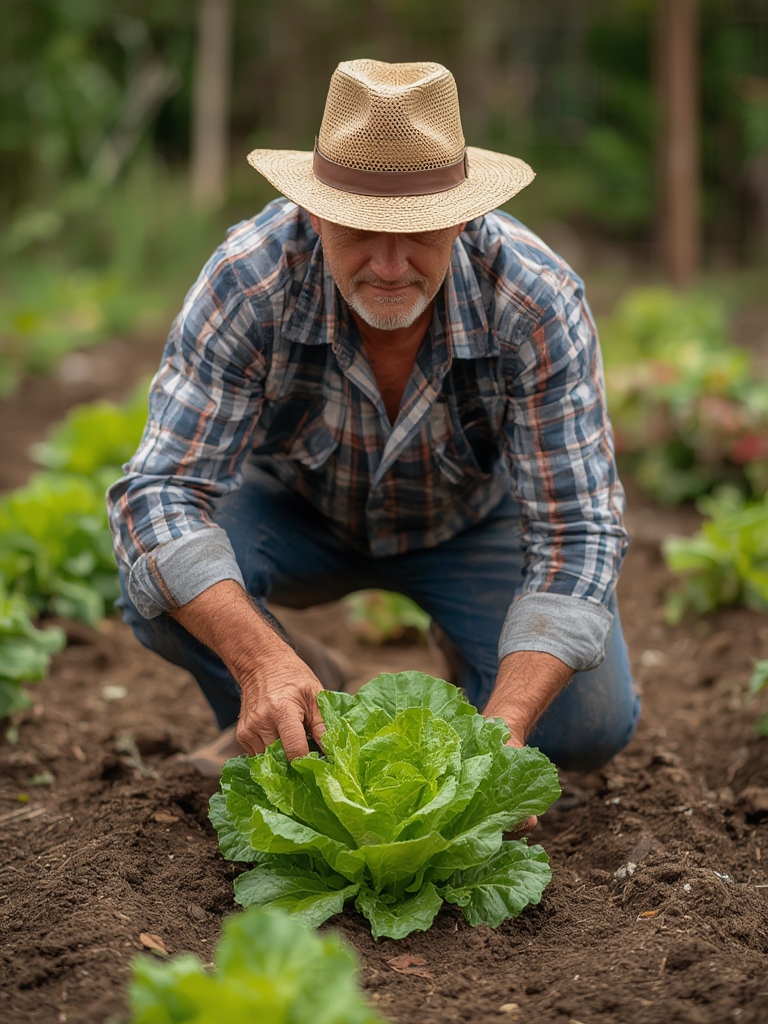
-
Prepare your growing area: Fill containers with moistened potting mix or prepare garden soil by adding compost. Pro tip: Lettuce has shallow roots, so containers only need to be 6-8 inches deep.
-
Sow seeds: Sprinkle seeds lightly over the soil surface, spacing them about 1 inch apart. Cover with just ⅛ inch of soil—lettuce needs light to germinate, so avoid burying too deep.
-
Water gently: Use a fine mist or gentle shower to avoid displacing seeds. Keep soil consistently moist but not waterlogged during germination.
-
Thin seedlings: When plants reach 1-2 inches tall, thin them to proper spacing (4-6 inches for leaf lettuce, 10-12 inches for heading varieties). Instead of discarding, transplant extra seedlings or add them to salads!
-
Provide care: Water consistently, preferably in the morning, keeping soil moist but not soggy. Apply diluted liquid fertilizer every 2-3 weeks.
Nutritional Benefits
Homegrown lettuce offers impressive nutritional value. It’s low in calories but high in vitamins A, K, and C, plus minerals like potassium and folate. Fresh lettuce contains more nutrients than store-bought varieties, which lose vitamin content during transportation and storage. Growing your own also eliminates exposure to commercial pesticides, making it a healthier choice for your family.
Tips and Alternative Methods
- Container growing: Use window boxes, salad tables, or even repurposed plastic containers with drainage holes.
- Indoor cultivation: Place pots near south-facing windows or under grow lights for year-round production.
- Cut-and-come-again method: Harvest outer leaves only, allowing plants to continue producing for weeks.
- Succession planting: Sow new seeds every 2-3 weeks for continuous harvests.
- Companion planting: Grow alongside radishes, carrots, or onions to maximize space and deter pests naturally.
Common Mistakes to Avoid
- Overwatering: Causes root rot and fungal diseases. Solution: Water only when the top inch of soil feels dry.
- Planting too deep: Results in poor germination. Fix: Barely cover seeds with soil.
- Growing in summer heat: Leads to bitter, bolting plants. Workaround: Provide afternoon shade or switch to heat-tolerant varieties.
- Overcrowding: Reduces air circulation and encourages disease. Solution: Thin properly and follow spacing guidelines.
Storage / Maintenance Tips
Harvest lettuce in the morning when leaves are crisp and full of moisture. Store unwashed leaves in the refrigerator, wrapped in paper towels inside a partially open plastic bag for 7-10 days. For maintenance, remove yellowing leaves promptly, monitor for pests like aphids, and apply organic solutions like neem oil if needed. During hot weather, provide afternoon shade to prevent bolting.
Conclusion
Growing your own lettuce offers a perfect blend of convenience, nutrition, and satisfaction. With minimal investment and just a few minutes of care each day, you can enjoy crisp, flavorful greens that far surpass anything from the grocery store. Start small with just a few plants, then expand as you gain confidence. Whether you’re a seasoned gardener or complete beginner, homegrown lettuce is one of the most accessible and rewarding crops to cultivate.
FAQs
- How often should I water my lettuce plants?
Water when the top inch of soil feels dry, typically every 1-2 days in warm weather and less frequently in cooler conditions. Consistent moisture is key. - Why is my lettuce turning bitter?
Bitterness typically results from heat stress or plants beginning to bolt (flower). Harvest immediately and provide more shade for remaining plants. - Can lettuce be grown year-round?
Yes, with proper planning. Use cold frames or row covers in winter and provide shade or grow heat-tolerant varieties in summer. Indoor growing under lights works year-round. - How do I prevent pests from eating my lettuce?
Use floating row covers as a physical barrier, introduce beneficial insects like ladybugs, or spray with mild soap solutions. Maintain good airflow and practice crop rotation.

